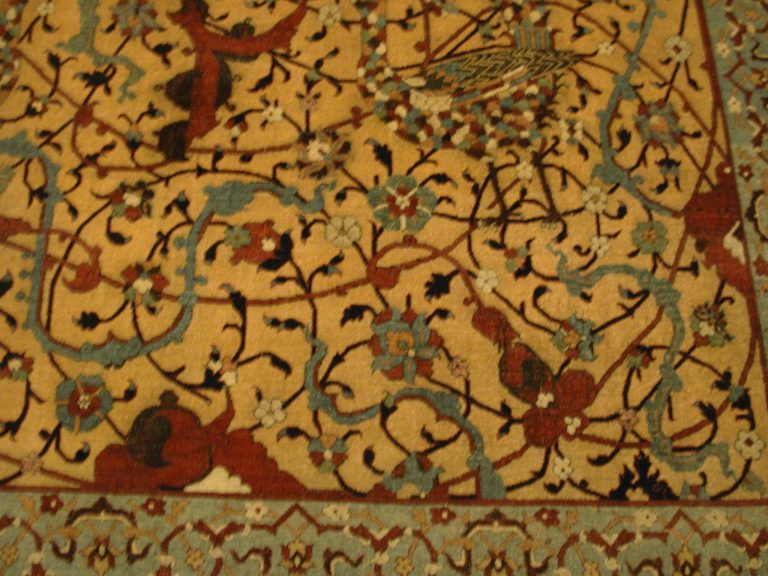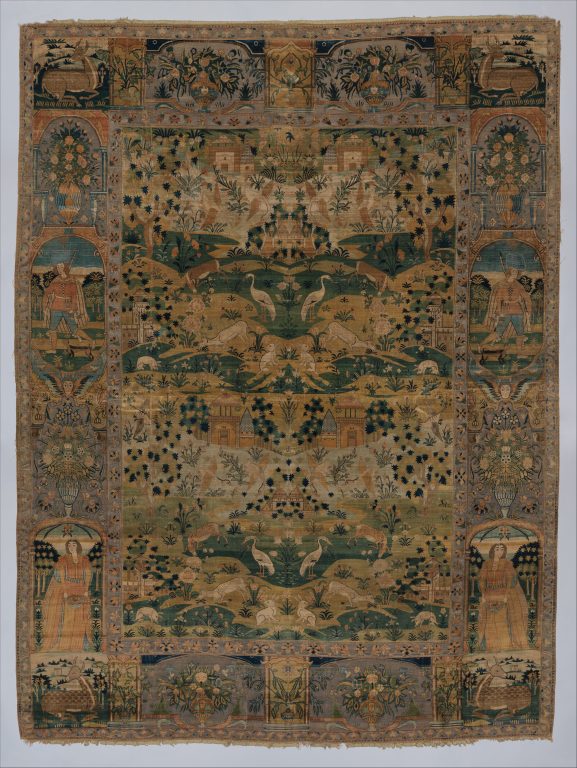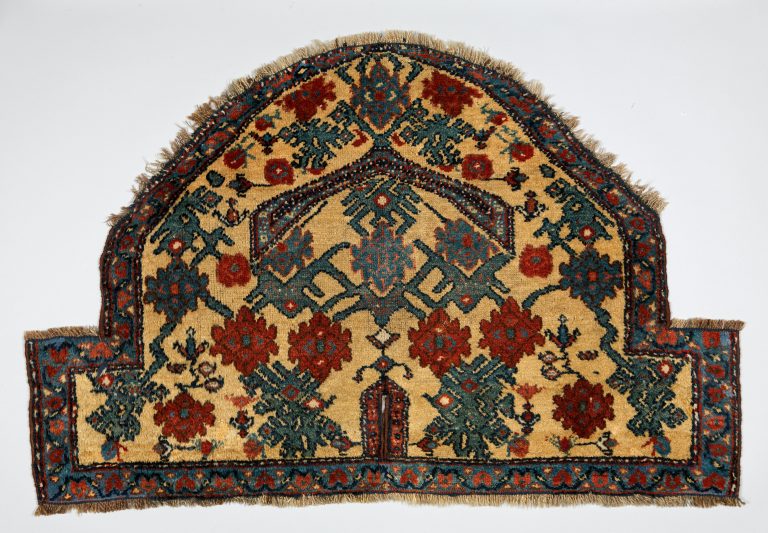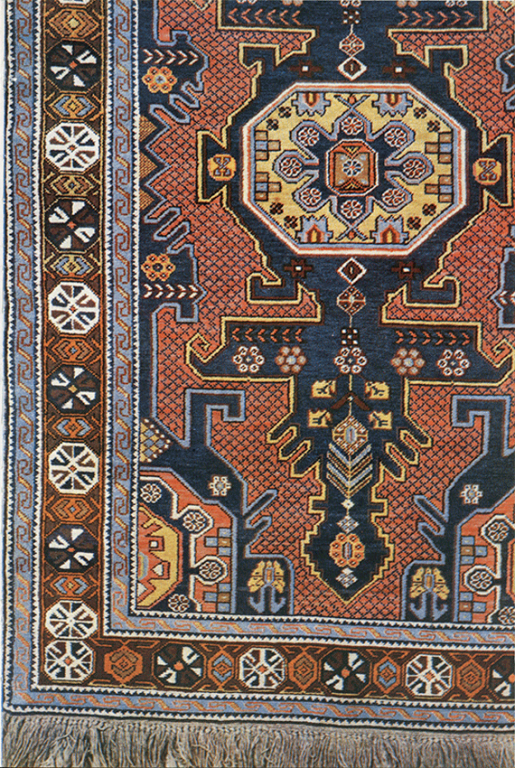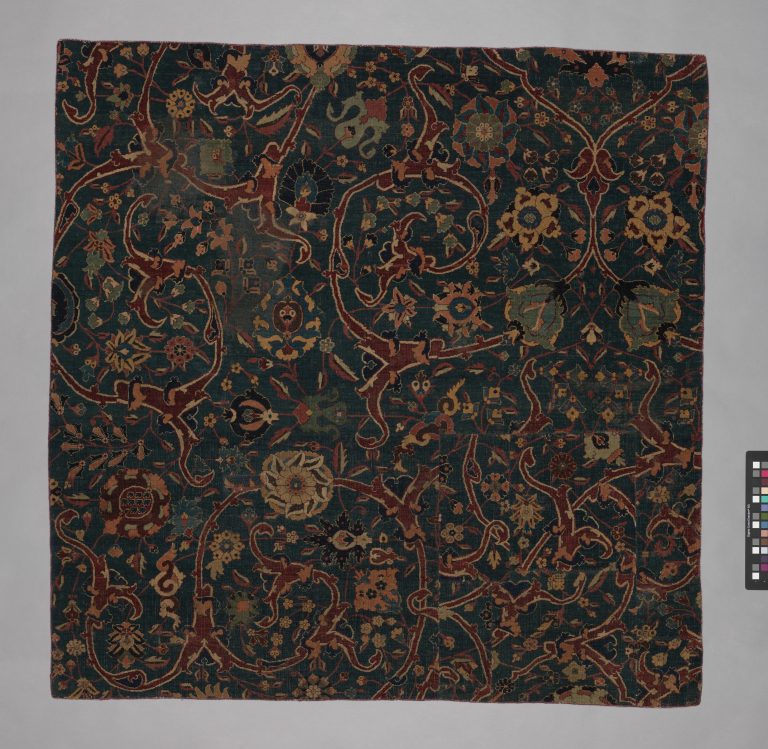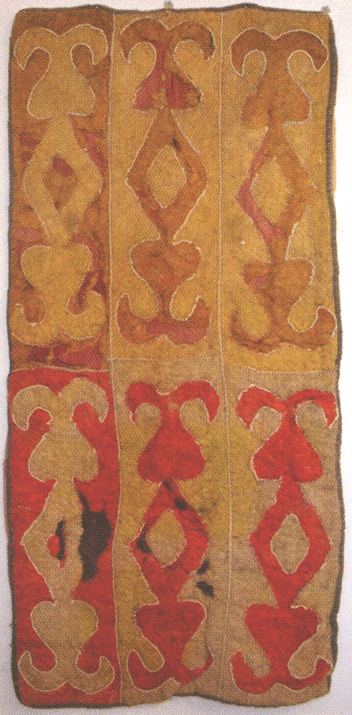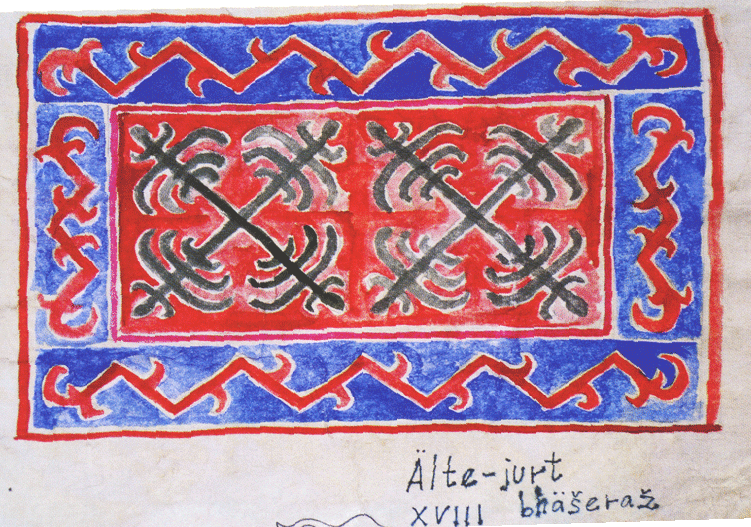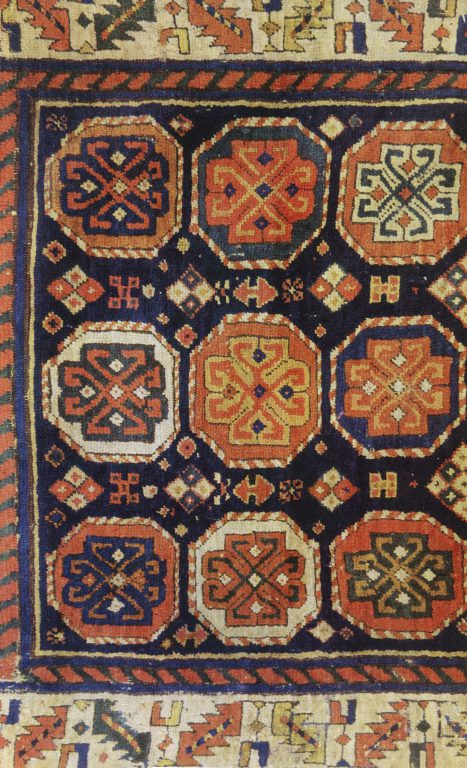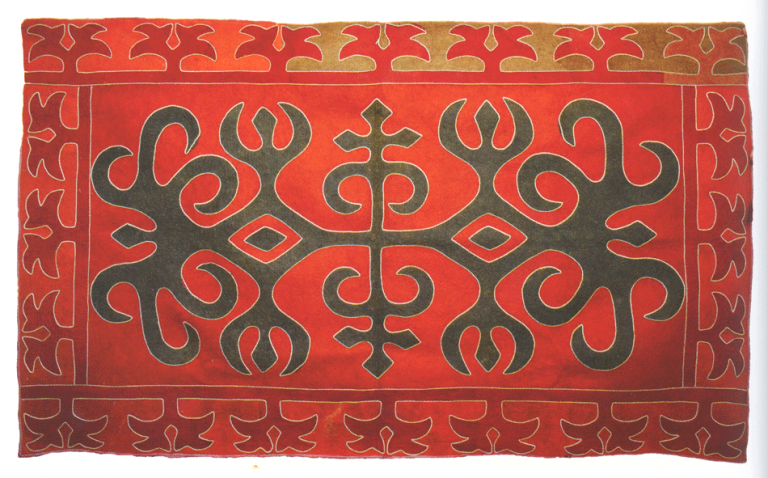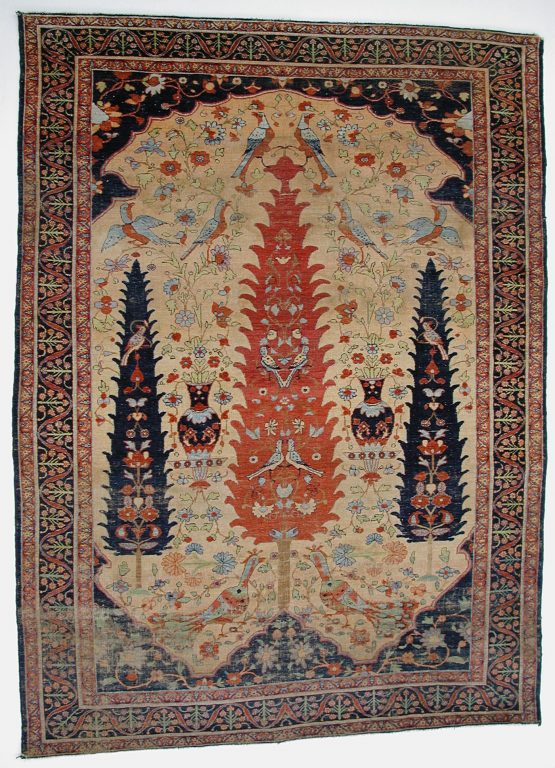
probably first half 16th century

Iran
Object qualities
-
Object
-
Type of arts & crafts
-
MediumCotton (warp), silk (weft), wool (pile); asymmetrically knotted pile
-
SizeRug: H. 312 in. (792.5 cm) W. 165 in. (419.1 cm) Wt. on 8" tube - 184 lbs. (83.5 kg)
-
Geography detailsAttributed to
Iran -
Country today
-
Dateprobably first half 16th century
Source of information
-
Type of sourceDatabase “Metropolitan Museum of Art”
-
Fund that the source refers toMetropolitan Museum of Art
Description
-
The excellent condition and unusual colors of this carpet make it a unique example of carpet production during the Safavid period in Iran. The yellow field, rarely seen in carpets of this type, renders it an unusual variation of a classic design. The central medallion, scrolling vines (arabesque), and peacocks in the field are all common features of Safavid carpets. The arabesque designs have parallels in sixteenth-century Persian tile revetments, while the central medallion design is similar to contemporary book covers, suggesting that the same court workshop created designs for manuscripts, carpets, and architectural ornamentation.


